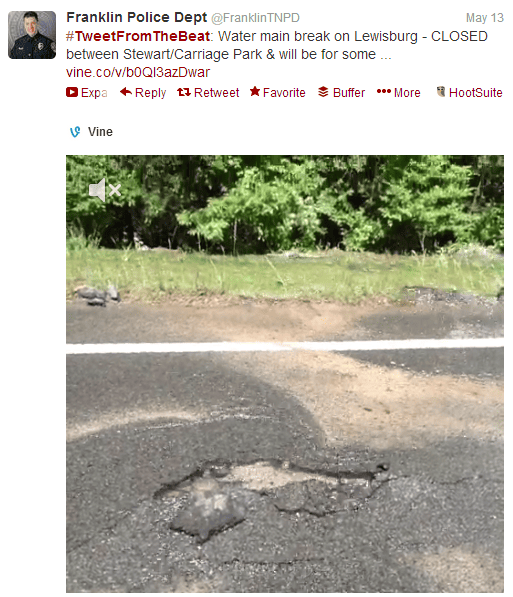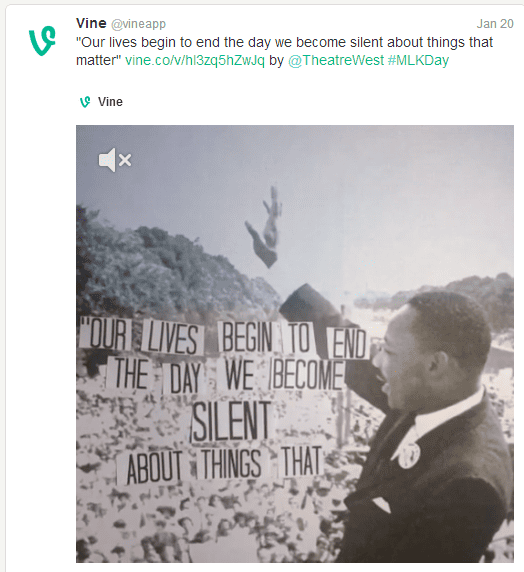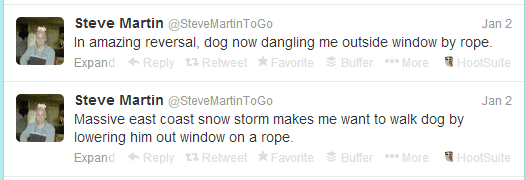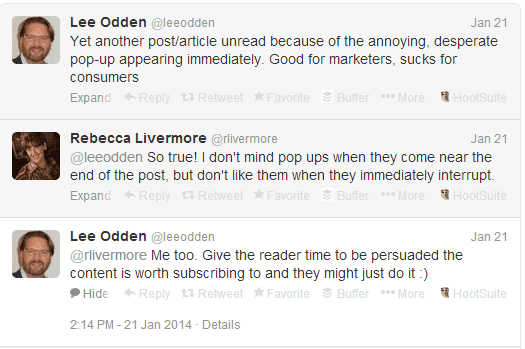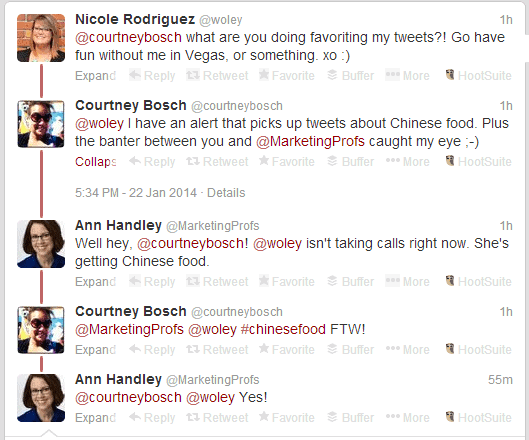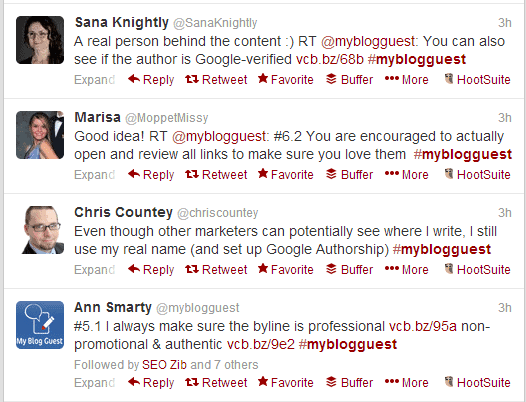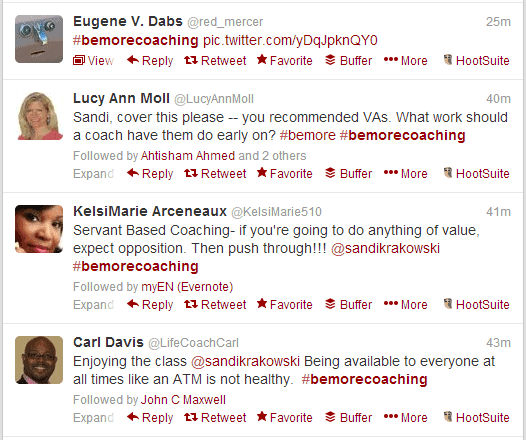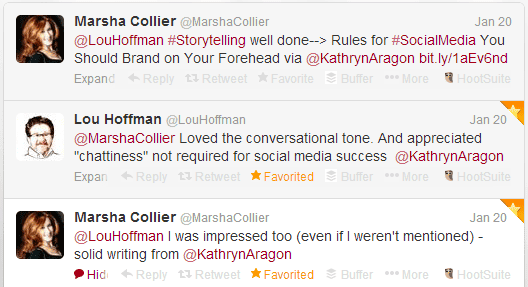Scrolling through Facebook the other day, I saw an interesting exchange:
Maybe you’re also trying to figure out what Twitter is good for.
You know social media is now mainstream among marketers. And you’ve seen the statistics.
- 55% percent of companies marketing on Twitter are satisfied with the achieved business value (Forrester Research, Inc.)
- 36% of marketers have found at least one customer via Twitter (HubSpot)
- 232 million Twitter users are actively tweeting each month (Twitter SEC filing)
- 500 million+ tweets are made per day (Twitter SEC filing)
You know you should give it a try, but you don’t have a clue how to begin.
Fortunately, it’s not as hard as it seems. If you’ve ever engaged in a Facebook conversation—or chatted with a stranger at a networking event—you’ve got what it takes to succeed.
So let’s get down to business.
How do you use Twitter?
To answer that question, I’ve compiled 36 ideas, most of them extremely easy, some more advanced. And I’ve included examples so you can see how other people are doing it.
It’s not a complete list, by any means, but it’s certainly enough to get you started.
Check it out, and if you see anything I left out, let me know by leaving a comment below.
36 ideas for your Twitter inspiration
1. Share your own original thoughts.
2. Share random casual thoughts.
3. Share other people’s tweets.
Note: When you share other people’s posts with your followers, it’s called a retweet (abbreviation: RT).
4. Share ground-breaking news, especially during tragedies.
Twitter has become an effective way to communicate during tragedies. When phone lines are down and power is out, people may still be able to text message or log into their social media accounts.
It’s now routine for police to make announcements via Twitter, and social media is becoming a fantastic way to find family members and friends after a tragedy.
5. Share interesting articles you’re reading.
Content curation is a strategy of sharing articles around the core topics you cover. Think of yourself as a journalist. Your job is to provide the latest news on [your topic]. Now make a point of searching for the best content out there and sharing it with your followers.
Note: Be sure to include hashtags in your tweets, so they’ll show up in topical searches. You can do this in two ways: Tack them on to the end of your post, or incorporate them into your message. Of course, your can always do both, like this:
6. Develop thought leadership.
7. Make announcements.
8. Share news your followers might be interested in.
9. Share a Vine video.
10. Share a picture.
11. Promote your latest article.
12. Promote content again—as long as it’s still relevant.
Promoting a new post and an old post is pretty much the same. You can take a quote from the article, tell how it benefits readers, or just share the title with a link.
13. Share tips.
14. Tweet quotes and other uplifting/encouraging content.
15. Micro-blog.
That’s actually what Twitter was designed for, which is why you see so many posts about where people are or what they’re doing.
16. Poke fun at friends. (No trolling!)
17. Tell a joke.
Steve Martin is a great example of this. He tests new jokes on Twitter.
18. Test headlines.
Speaking of testing, you can test headlines and titles by sending them out as ordinary tweets. If you get engagement, it’s a good bet they’ll work as headlines. Or do like Henneke Duistermaat and ask people to vote:
19. Test content ideas.
In the same way that you test headlines, you can test content ideas. If you have an idea, tweet it. If it gets comments or shares, it may be worth expanding into an article.
For example, this post by Lee Odden starts a conversation. It would probably get a lot of engagement as a blog post too.
20. Ask questions.
21. Answer questions.
22. Research.
Want to know more about your followers? Land to know how people really feel about a topic? There’s no better way to perform market research than to tap into your Twitter followers.
23. Make an offer.
Don’t do this too often or you can look spammy. But as long as you don’t overdo it, you can make offers in Twitter.
24. Tell your followers about an event/sale/opportunity.
Similar to an offer, you can tell people about an event or other opportunity. This should be less salesy, more benefits oriented.
25. Chat with friends.
26. Host a Twitter chat
More formal than an impromptu chat among friends, a Twitter chat is a great way to build a community around your brand. You could host one each week at the same time, for instance.
27. Hold a teleclass and use Twitter as your forum.
Essentially a Twitter chat in combination with a teleseminar, this is a more advanced way to use Twitter. But don’t let that stop you. You can learn how it’s done by reading this tutorial.
A few things to think about: Before and during the class, have people tweet questions and ideas. Make sure everyone uses a dedicated hashtag. This article will give you more information on creating hashtags for an event.
As you can see below, Twitter is a great way to create a forum for your event. This stream is from one of Sandi Krakowski’s teleclasses:
28. Join other Tweeters tweeting about live events and TV shows.
No matter what event is going on, there’s likely an active real-time Twitter stream reporting on it and responding to it. Again, hashtags are the secret to finding and engaging with these communities.
29. Engage in a #daychat.
Enjoy a great discussion around the water cooler? There’s a virtual chat room on Twitter if you use the hashtag, #daychat. Read more about this on Tom Martin’s blog.
30. Let someone know you featured them in a piece of content.
By the way, this is a great way to build your network.
31. Build relationships.
32. Introduce people.
A couple of ways to do this. You can just introduce someone:
Or you can introduce someone’s work:
33. Start conversations.
34. Promote someone.
35. Recommend people to follow.
36. Engage with potential clients.
The bottom line?
Be yourself. Get involved. Twitter is about building relationships and engaging with people. So get with it…
But before you do, leave me a comment to tell me your favorite way to use Twitter—or your biggest challenge.










